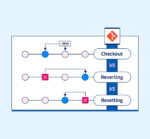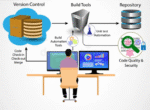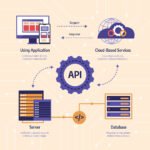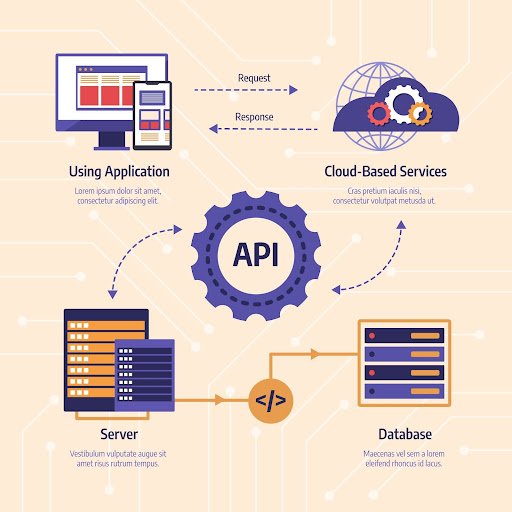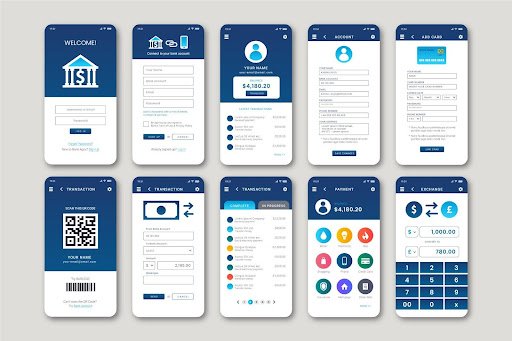Learn how to connect backend to Webflow and why backend for no-code is becoming the secret ingredient behind scalable no-code applications.
Why “No-Code” Still Needs Code
No-code has gone on a rampage: tools such as Webflow, Bubble, Adalo, and Glide are empowering non-programmers to develop delicate front-end experiences in a drag-and-drop interface. Behind every success story of drag-and-drop lies the same truth: someone has to store that data, run the business rules, and integrate with third-party systems. The space in between is where backend for no-code targets an under-utilized and highly lucrative niche.
For a programmer who knows about APIs, databases, and authentication, creating a no-code backend service would be a way to address real pain points while earning recurring revenue. It’s almost like selling the shovels in a gold rush-the gold being SaaS subscription fees, custom projects, and maintenance retainers with high margins.
The Market Opportunity
- Rapid Growth of No-Code Builders
According to Gartner, by 2025, it is predicted that 70% of new business apps will be built using low-code/no-code platforms. Most of these apps still rely on external data sources, complex workflows, or proprietary rules that the no-code builders can’t handle natively. - Skill Mismatch
The typical no-code power user is a marketer, product manager, or small-business owner. They can design interfaces but find themselves disoriented when they run into limits such as “Webflow can’t run a scheduled job every night” or “Bubble’s API connector can’t handle this authentication flow.” - Budget Alignment
Organizations that adopt no-code expect to achieve a lower cost of development but nevertheless set out budgets for the mission-critical stuff. Paying a software developer $50 – $200 per hour to build a secure backend endpoint will often feel way cheaper compared to hiring a full-stack team.
Revenue Streams for the Freelancer Backend No-Code Specialist
| Revenue Model | How It Works | Typical Pricing |
| Custom API Builds | Build one-off REST/GraphQL endpoints to extend Bubble or Webflow. | $1 k – $5 k per integration |
| No-Code Backend Service SaaS | Package reusable features—e.g., advanced search, PDF generation, cron jobs—into a hosted API with Tier-based pricing. | $29–$199 / month |
| Maintenance Retainers | Monitor servers, scale infrastructure, update security patches for clients who built front-ends in Webflow. | $500–$2 000 / month |
| Template Bundles | Sell boilerplate back-end + Zapier/Make automation kits on marketplaces. | $99–$299 one-time |
| Training & Courses | Teach no-coders how to “speak API” or connect backend to Webflow on Udemy, Gumroad, or your own site. | $49–$149 per course |
Technical Stack Options
- Serverless Functions (AWS Lambda, Vercel, Cloudflare Workers)
- Pros: Zero-ops, pay-per-use, global edge deploys.
- Cons: Cold starts, execution time limits.
- Managed Databases (Supabase, Firebase, PlanetScale)
- In seconds, spin up Postgres or document stores with built-in auth.
- Ideal for prototypes that need to scale later.
- Low-Ops Frameworks (FastAPI, NestJS, Hono)
- By default generates OpenAPI docs.
- Making exposing consumable endpoints by no-code tools easy.
- Cloud Integration Platforms (Make, Zapier, n8n)
- Some pre-built connectors should be set up for pushing events from your backend to hundreds of existing SaaS apps your client is already using.
Blueprint: Building a No-Code Friendly API
These five steps help deliver the backend for no-code clients fast and reliably:
- Discovery Workshop
- Map every manual step the user is performing as of now.
- Identify data entities, triggers, and actions that the no-code stuff alone cannot handle.
- Design Lightweight Endpoints
- Preferably use REST or simple GraphQL.
- Predictable naming conventions (/orders/{id}) would allow non-developers to follow it in the Webflow API tab.
- Add “Plug-and-Play” Auth
- JWT with refresh tokens or Magic Links.
- Include a one-page instruction on how to store a bearer token inside Webflow or Bubble..
- Document in Plain English
- Replace the jargon with “Copy this URL into Webflow POST action.”
- Create short loom videos or GIFs demonstrating the connection flow.
- Package Monitoring & Scaling
- Build your own uptime checks, automated alerts.
- Set tiered SLAs (‘Startup’, ‘Growth’, ‘Enterprise’) for predictable MRR.

Case Study: Connect Backend to Webflow for a Subscription Box Startup
Problem: Backend for Webflow Connection of the Subscription Box Startup
A customer-direct (DTC) brand built its storefront in Webflow with an undefined recurring billing logic that Webflow could not accommodate.
Solution:
- Serverless Checkout Endpoint
- Node.js Lambda for Stripe subscription creation.
- Node.js Lambda for Stripe subscription creation.
- Webhook Listener
- Airtable inventory updated whenever Stripe fires invoice.payment_succeeded.
- Airtable inventory updated whenever Stripe fires invoice.payment_succeeded.
- Secure Admin Dashboard
- Supabase for auth, and React admin panel embedded via Webflow iframe.
- Supabase for auth, and React admin panel embedded via Webflow iframe.
- Outcome:
- Total from $7,500 + $149/month in maintenance.
- The client sidestepped hiring a full-time developer, and the freelancer secured a reputable stream of income.
Marketing Yourself as a No-Code Backend Specialist
- SEO & Content
- Blogging about the “How to connect backend to Webflow without code.”
- Target long-tail searches, like “custom API for Webflow form submissions.”
- Community Presence
- Answering questions in Makerpad, Indie Hackers, and Webflow forums.
- Offering free 15-minute audits on upselling for the paid implementation.
- Productized Services Page
- Collectively deliver these predictable offerings: “2 custom endpoints + webhook + docs = $2,000.”
- Also, include testimonials from satisfied no-code founders.
- Micro-Tools & Templates
- Launch a free “Webflow to Stripe” starter kit for email collection.
- Upsell a high-end no-code backend service with advanced functionality.
Common Pitfalls (and How to Avoid Them)
| Pitfall | Fix |
| Over-Engineering | Start with serverless CRUD; scale only if demand justifies. |
| Poor Docs | Use Postman collections and plain-language walkthroughs. |
| Ignoring Security | Enforce HTTPS, rate-limit, sanitize inputs—even if the client never asks. |
| Unclear Handoff | Record a Loom video showing every setup step. |
Final Thoughts: From Hidden to Obvious Goldmine
The no-code wave is not a threat but rather an amplifier for traditional development. Sooner or later, every fresh Bubble or Webflow project bangs up against the limitations that only real code can solve. Act like the bridge: the freelancer backend no-code experts trust when their Zapier flows hit a wall.
You will convert small one-off gigs into long-lasting SaaS revenues by ensuring clarity, predictable pricing, and solid infrastructure. While others are chasing the newest shiny JavaScript framework, you will be stealing the hidden goldmine of backend services for no-code builders-indulging in predictable income as well as empowering another generation of creators.
